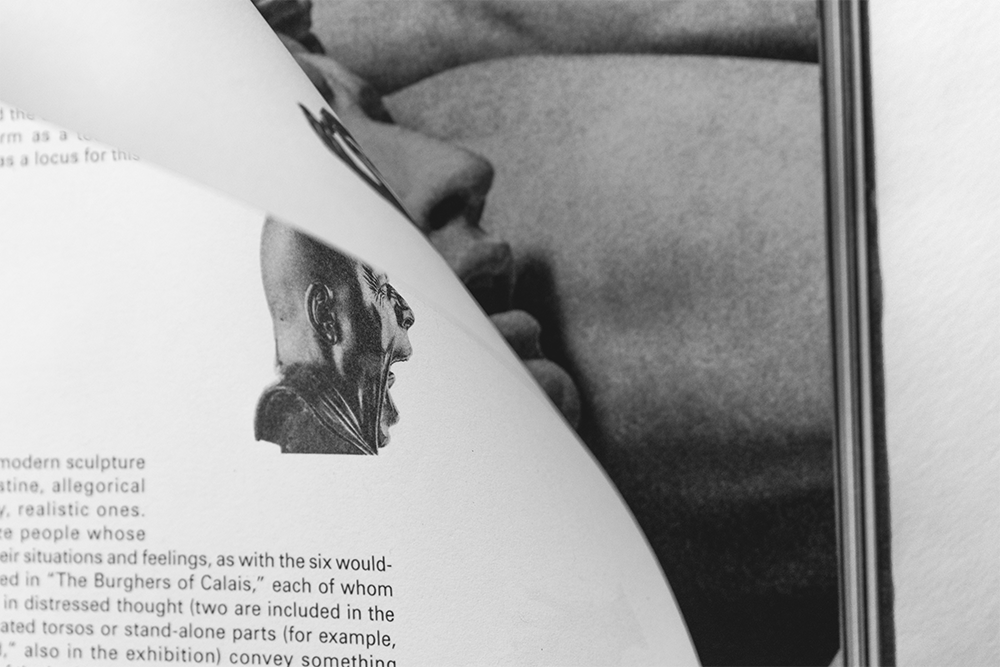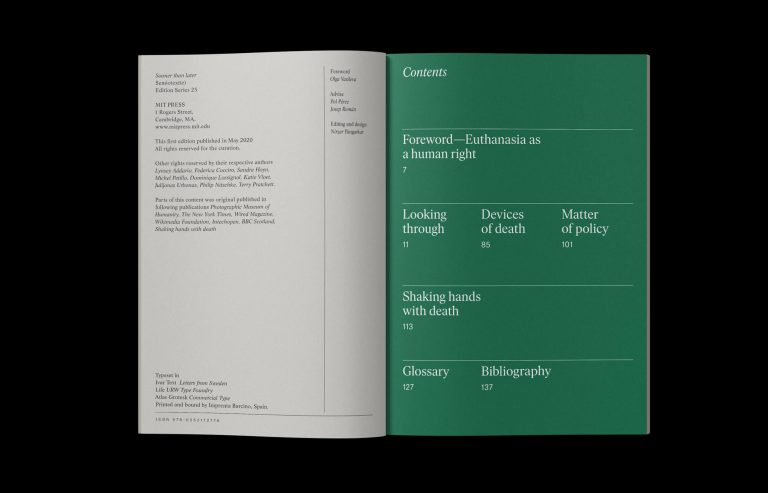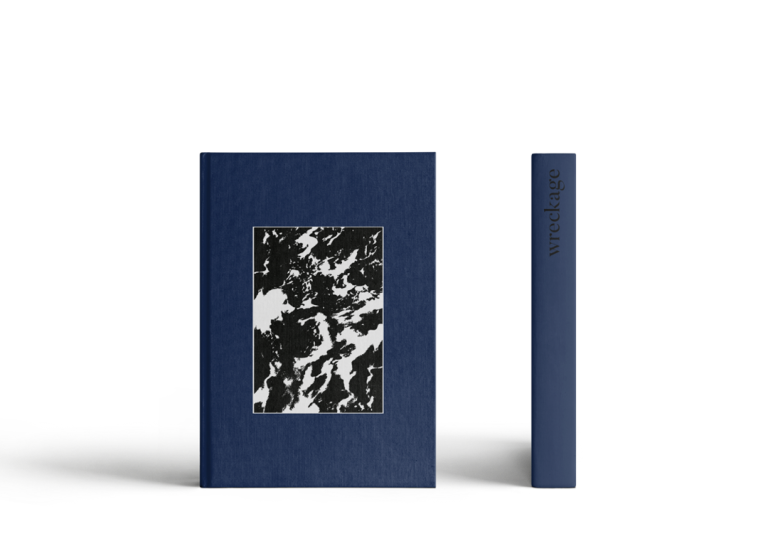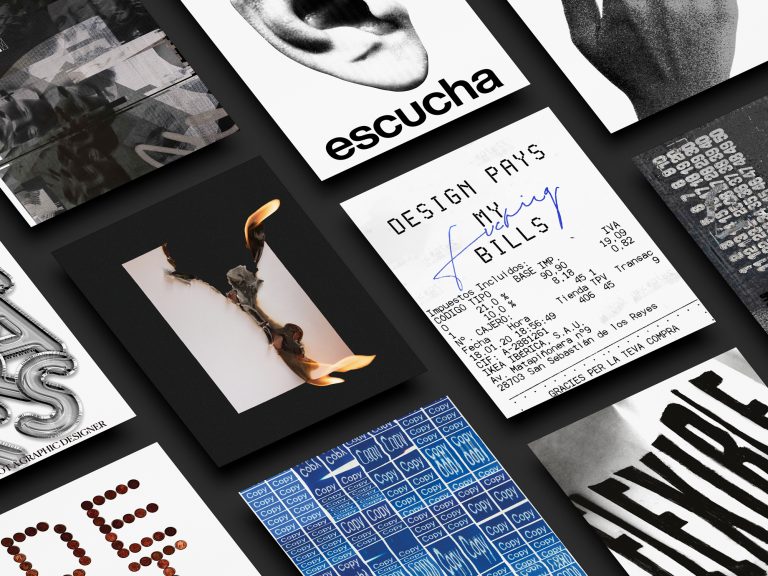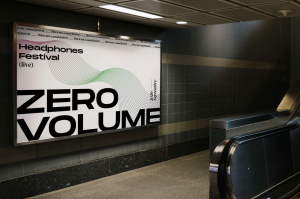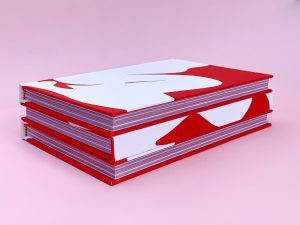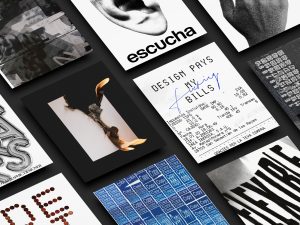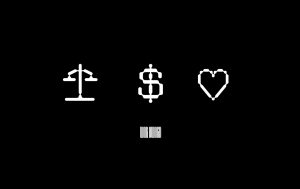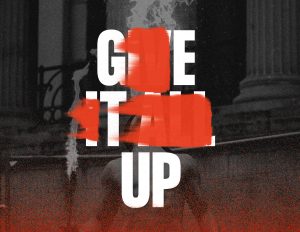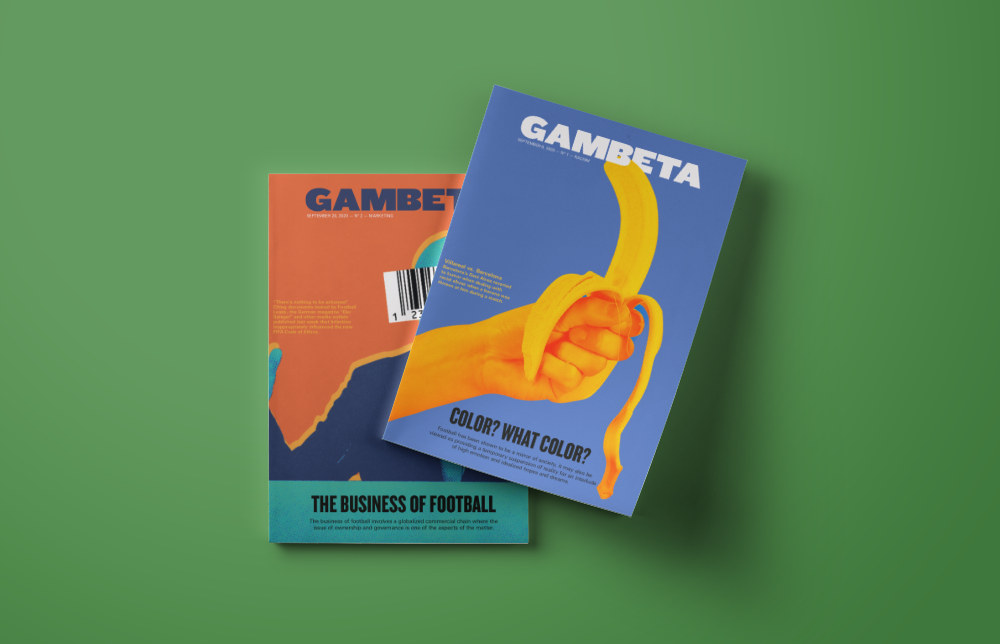Act
Paola UrgegheRaushaniya Urmanshina
Graphic Elisava 2020
Lots of things tend to happen during a graphic.elisava master’s program. Mountains of research. Maybe one or two existential crises. Designing so much that you have nightmares about mismatched hex codes.
In some weird twist of fate, this year’s biggest ‘thing’ ended up being a global pandemic. We were forced to embrace digitalism over presentialism, do more with less, and channel disillusionment into positivity. In school, the lesson comes before the test, but life often takes the opposite approach. We think we’re better for it.
PLATFORM AND IDENTITY
For this year’s degree show we decided to continue the digitalist lifestyle that we’ve come to know. Pills replace name tags, thumbnails replace handshakes, and ingenuity replaces normality in order to illustrate how we view topics like “design ethics”, “comfort”, “manifestos”, and “freedom”.
About
This is graphic.elisava’s digital Degree Show. Find out more about the program at graphic.elisava.net
Acknowledgements
Many thanks to this year’s students in the Graphic Design and the Editorial Design master’s degrees. The 2020 graphic.elisava Degree Show – both the platform and the campaign that precedes it – wouldn’t have been possible without the indefatigable work of a group of design students making time for it in the middle of their end-of-year presentations.
On the typeface
Thanks to Non Foundry for letting us use their Non®Natural Grotesk throughout the website and campaign of this digital Degree Show.
Visit nonfoundry.com to find out more about their work.
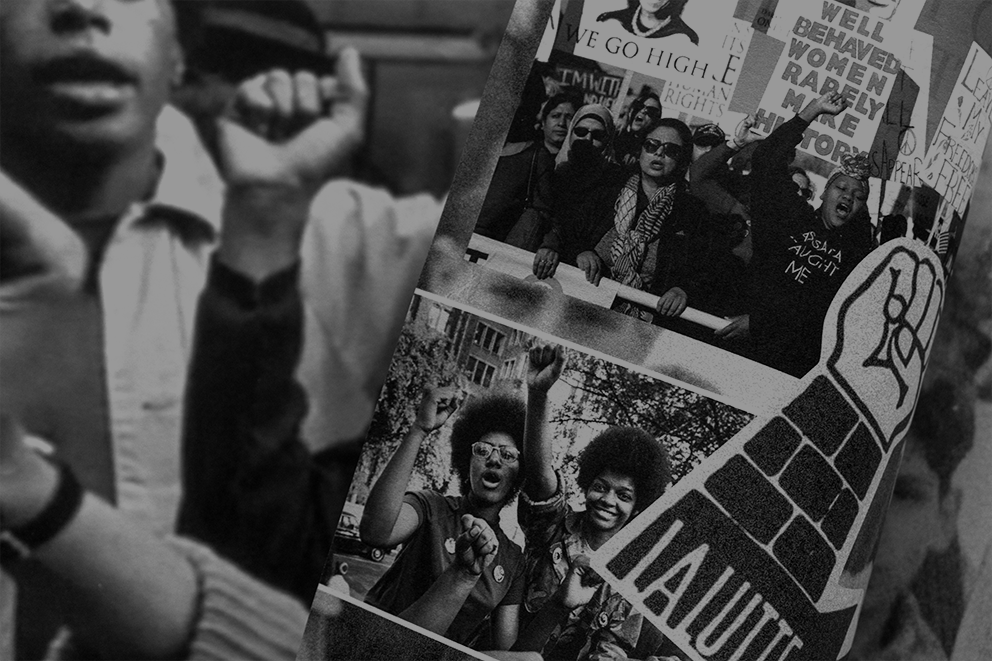

Act
Stories the body tells
What we do speaks louder than what we say
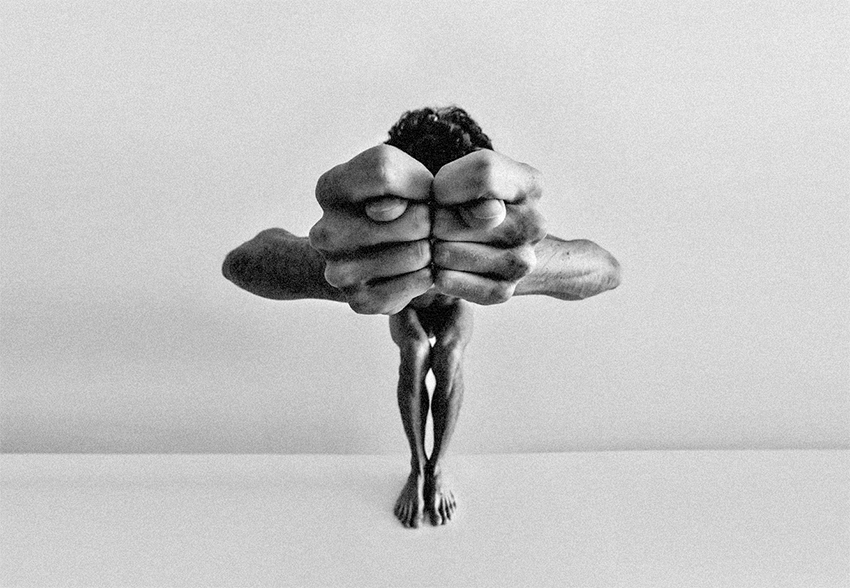
Act is a magazine about the expressive strength of the human body, to explore its potential as a powerful instrument that can help us to become more conscious of ourselves and of what surrounds us.
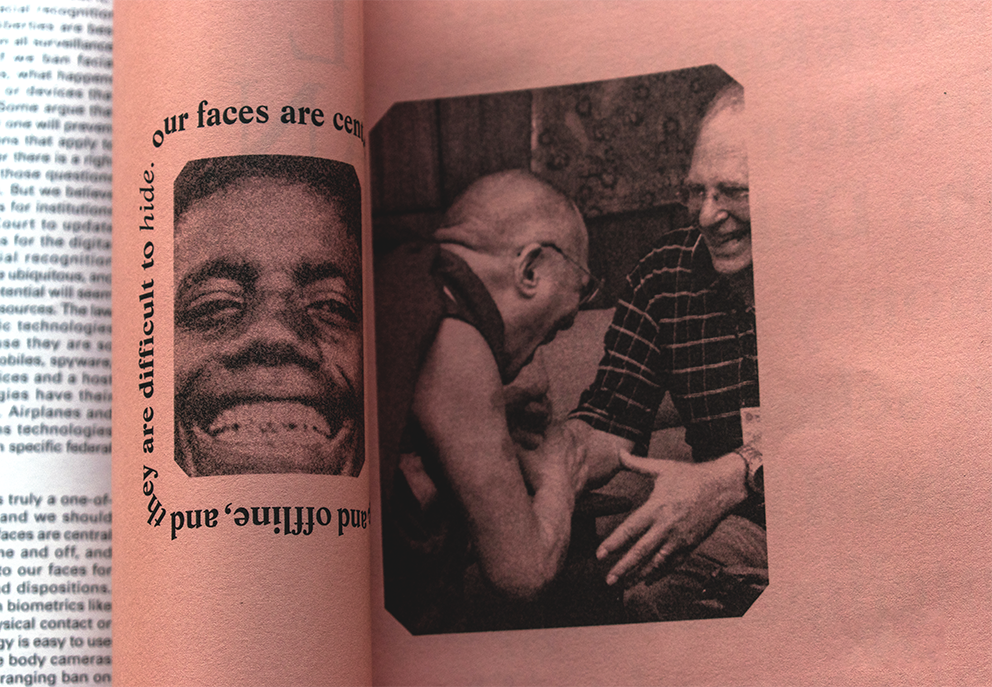
Our research starts from the assumption that every action we make communicates something, and if the movement is the word, the body is our biggest manifesto.

In this direction is developed the first issue of the magazine, that with different stories rediscovers the human body through the concept of movement. It is about body language, conscious and unconscious, and how it affects our life, society and culture.
We want to explore the different ways in which the body can be narrated: this representation has always been central, in an attempt to study it or use it to codify a message and make it universal.
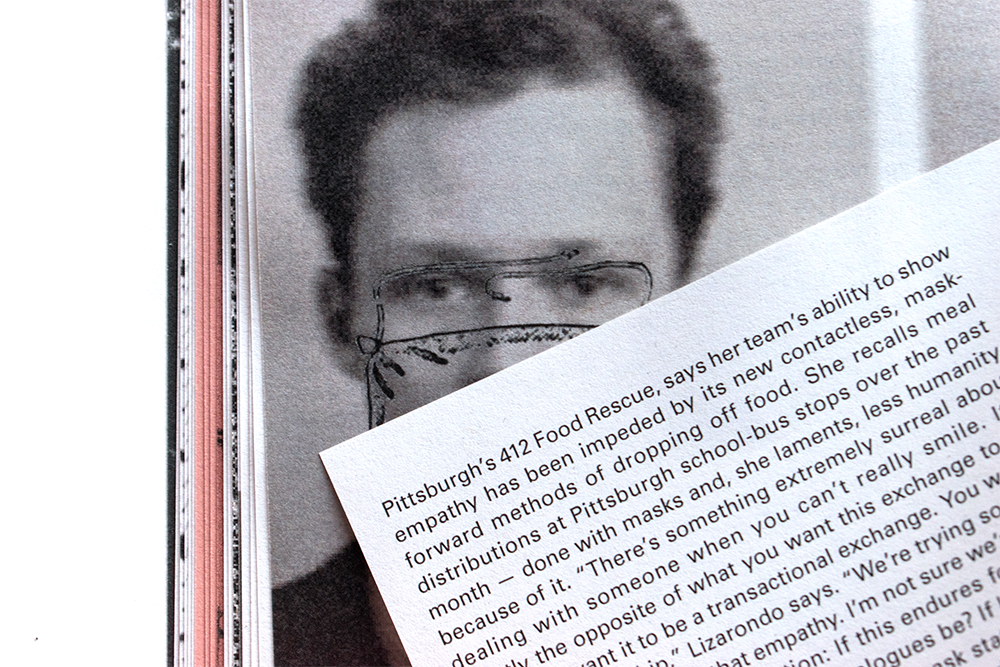
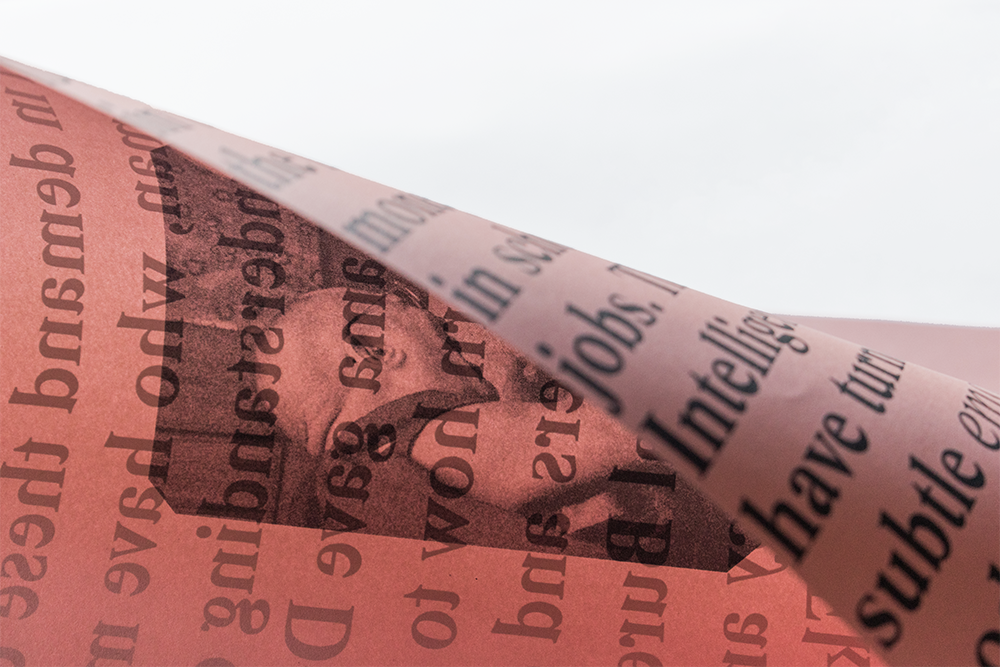
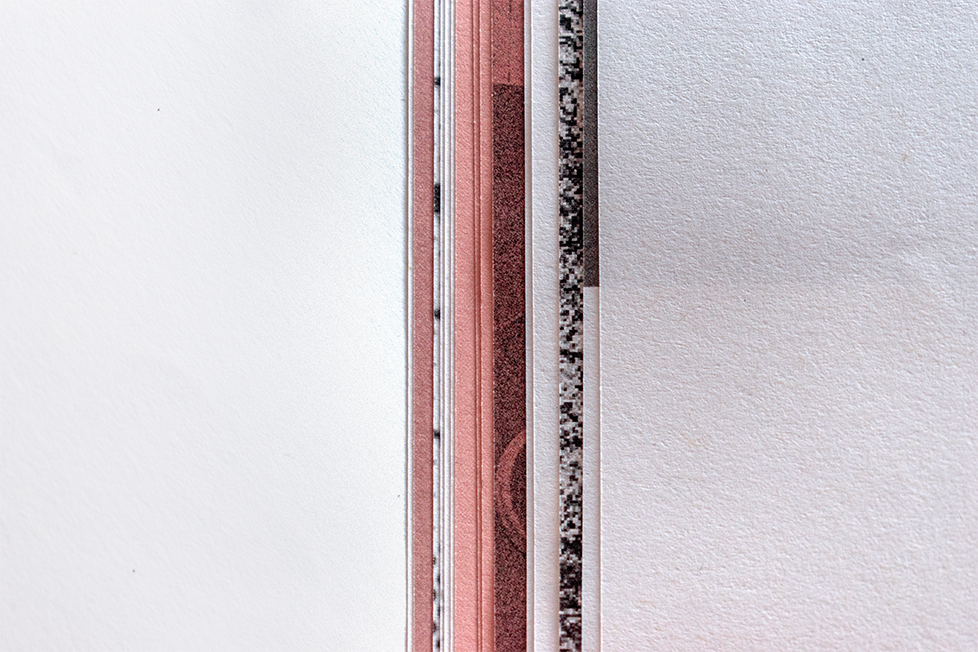
Language is a recent technology, and most of what we express is said by our bodies rather than words. Gestures, poses, facial expressions, are all signals that allow us to connect with each other. This first issue explores the effects this can have on our everyday life and on contemporary society.
the human body plays a central role in every story
